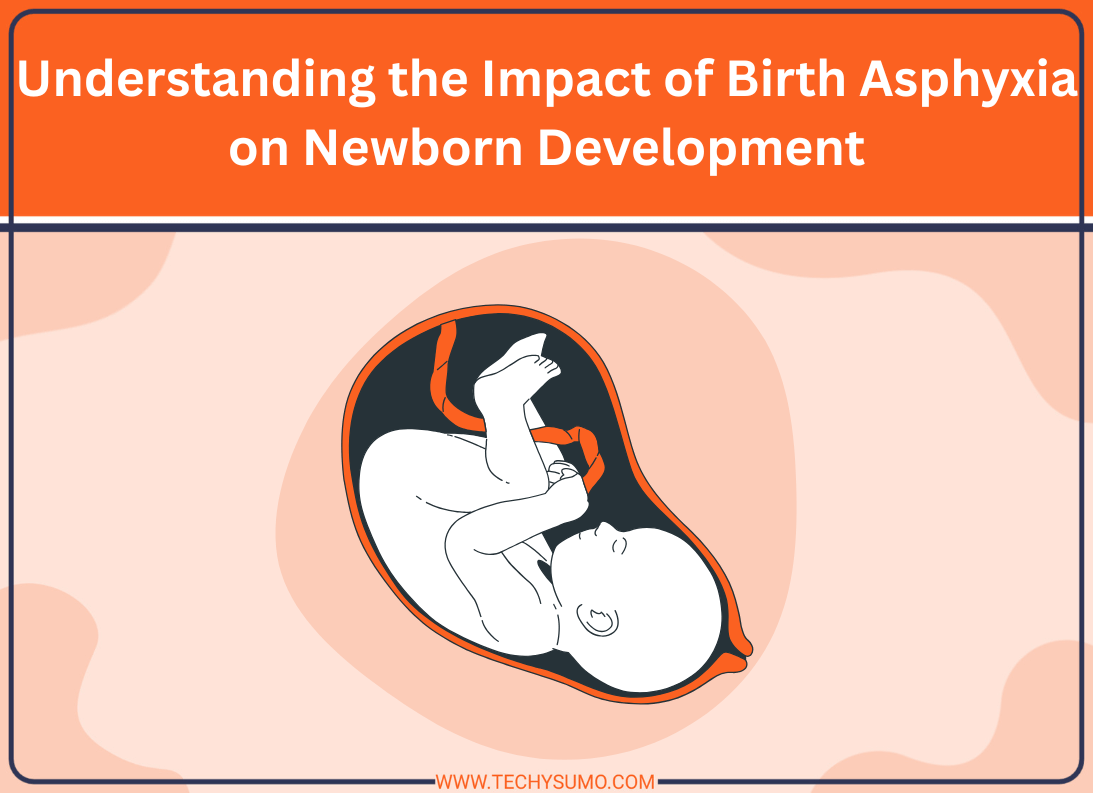Based on recent reports from the medical sector, birth asphyxia affects approximately one million infants globally each year. Many people think that birth injuries like this aren’t very common in developed countries like the United States, but that’s not exactly true. Though birth asphyxia rates in our nation are low when compared to certain other countries, this condition still affects an estimated 8,000 babies in America annually.
Certain factors can increase the likelihood of an infant suffering from birth asphyxia. At the same time, this condition can have serious long-term effects. Because of the continued prevalence of the condition, understanding the risk factors and causes of birth asphyxia as well as its potential impacts on development is essential.
Table of Contents
What Is Birth Asphyxia?
First, let’s talk about the condition itself. Birth asphyxia is a condition in which an infant is deprived of blood flow or oxygen. It can occur during pregnancy, during birth, or just after birth. It starves the baby’s brain and other organs of vital nutrients and air, which can cause serious damage. Studies show that being deprived of oxygen and blood flow for even a minute can lead to brain damage in infants.
Within three minutes, organ damage can become significantly more severe. After fifteen minutes without adequate oxygen and blood flow, the damage may be permanent. Beyond fifteen minutes, an infant’s chances of surviving drastically decrease. In as little as twenty-five minutes, an infant can die from birth asphyxia.
What Causes Birth Asphyxia?
Several issues can cause birth asphyxia. When it occurs in utero, the condition often stems from issues with the umbilical cord or placenta. For example, an umbilical cord that’s compressed or improperly developed may not deliver adequate oxygen and nutrients to the baby. Additionally, if a mother suffers from a condition like anemia, diabetes, or preeclampsia, the placenta may not provide the baby with enough oxygen and nutrients.
Also Read
If birth asphyxia occurs during or immediately after birth, the cause is most often umbilical cord compression or the umbilical cord getting wrapped around the baby’s neck. Problems with the mother’s oxygen and blood flow during childbirth can also negatively affect a baby. Furthermore, issues with the baby’s lungs or airway and certain other problems can lead to birth asphyxia.
How Does Birth Asphyxia Affect Development?
Now, let’s take a closer look at the ways birth asphyxia can affect a baby’s development. When it occurs in utero, it can prevent the baby from developing properly, which can lead to any number of physical and developmental problems throughout the baby’s life. It can also lead to premature birth, which can cause numerous complications in its own right.
As mentioned, when birth asphyxia occurs during or immediately after birth, it can cause serious organ damage. It may affect a baby’s heart, lungs, liver, kidneys, and other organs. That, in turn, can lead to a long list of health issues. Brain damage may result in emotional, mental, and cognitive developmental problems. In some cases, the damage resolves itself over time. In other instances, it’s irreversible. As noted, many babies don’t survive birth asphyxia.
Understanding the Implications of Birth Asphyxia
Birth asphyxia is often preventable with proper medical attention during pregnancy and birth. Though it can’t always be avoided, numerous cases of birth asphyxia stem from medical malpractice. Whether it could have been prevented or not, it can have lifelong repercussions for babies and their families. Those can include physical health issues as well as mental, emotional, and cognitive challenges. In the most severe cases, it results in a tragic loss of life and immeasurable heartache.






